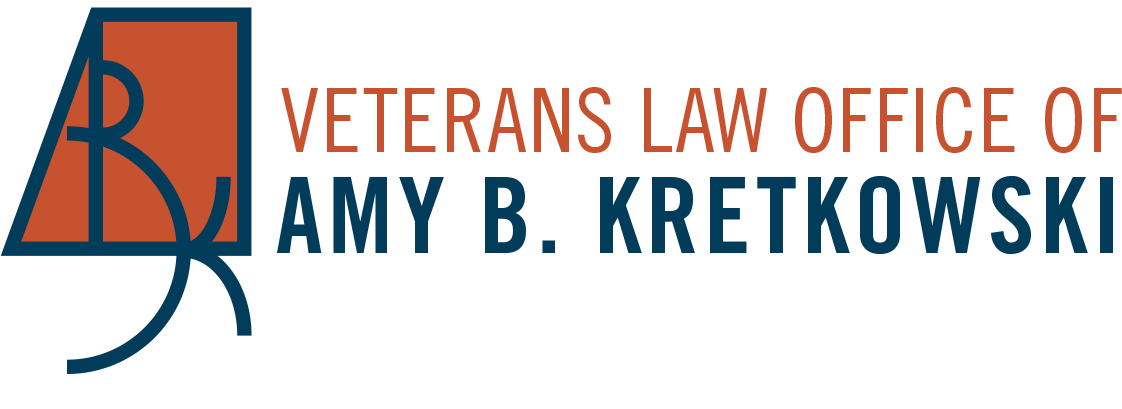Parrott: EAJA - LOCAL V. NATIONAL CPI
/Parrott v. Shulkin, docket no. 2016-1450 (Fed. Cir. Mar. 13, 2017)
HELD: Where an attorney works in multiple locations, the correct method for calculating attorney fees is the local Consumer Price Index (CPI) approach, which is based on the cost of living where the legal services were actually performed, and the EAJA application should apportion the attorney’s “time to those locations and use[] the CPI for each locality.”
SUMMARY: The Equal Access to Justice Act (EAJA) provides for an hourly rate of $125 – and allows for an adjustment to this rate to reflect the increased cost of living. The increase is based on one of two calculations: the national Consumer Price Index (CPI) or the local CPI. The national approach focuses on the “national scope of the statutory cap and the ease of computation,” whereas the local approach focuses on where an attorney works and has an office.
In this case, Ms. Parrott’s attorney has his principal office in Dallas, Texas, with additional offices in San Francisco, California and Little Rock, Arkansas. The attorney worked on Ms. Parrott’s case at all three offices. In the EAJA application, he calculated the attorney fee using the CPI rate for Washington, DC. He asserted that this was consistent with the Court’s prior holding in Mannino v. West, 12 Vet.App. 242, 243 (1999), which applied “the local cost-of-living increase actually experienced … where work was performed nationally but always before the Court in Washington, DC.” The Secretary objected to the EAJA application, asserting that the appropriate rate was the CPI for Dallas, the location of the attorney’s principal office.
The CAVC disagreed with both parties, and determined that the fairer approach was to “use the local CPI to calculate the hourly rate for each of the three locations in which [the attorney] performed work and to then review [the attorney’s] itemized billing statement and apportion each billing entry to the firm office where the work resulting in the entry was performed.” Because this approach would require the Court “to seek additional information” from the appellant and her attorney and to “calculate four separate hourly rates,” the Court declined to take on this task and instead ruled that the attorney was entitled to the statutory $125 hourly rate.
On appeal to the Federal Circuit, the attorney argued that the “EAJA does not mandate a particular method for computing attorney fees,” and because statutory ambiguity should be construed in the veteran’s favor, he should be allowed to use the CPI approach that yields the highest fee. This “optimal yield” approach would allow the attorney to use the CPI for Washington, DC. The Secretary argued that the local CPI approach is more consistent with the language of the EAJA and produces fairer results. The Secretary resisted the “optimal yield” approach, noting that the EAJA is not a veterans benefits statute. He further argued that because the EAJA “represents a waiver of sovereign immunity … [it] should be strictly construed in the government’s favor.”
The Federal Circuit examined the language of the statute, discussed the relevant case law, and determined that “the local CPI approach, where a local CPI is available … is more consistent with EAJA than the national approach.” The Court held that the CAVC did not err in ruling that the local CPI approach was the correct calculation method, and that it correctly determined that the attorney’s EAJA application should have apportioned his time to the different locations of his offices and used the CPI’s for each locale.
The Federal Circuit disagreed with the proposed “optimal yield” approach, finding nothing in the statute that would permit a claim for “the highest fee.” The Court found that this approach “runs afoul of the statutory text and EAJA’s prohibition against windfalls.” The Court added that the doctrine of resolving interpretive doubt in the veteran’s favor does not apply to EAJA because EAJA is not a veterans benefits statute.
Finally, the attorney argued that the decision to award the statutory rate of $125 per hour was an abuse of discretion because the CAVC did not permit him to resubmit a corrected EAJA application. The Federal Circuit determined that it lacked jurisdiction “to review all discretionary actions” of the CAVC, and stated that its “jurisdiction attaches when the Veterans Court commits an abuse of discretion rising to the level of legal error.” The Court found that the CAVC “did not interpret any law or regulation in declining to permit [the attorney] to resubmit a corrected EAJA application.” Rather, the CAVC simply determined that the requested fee was not reasonable and “used its broad discretion” to calculate what it deemed an appropriate fee. The Court found no legal error in the CAVC’s ruling.


